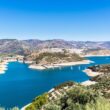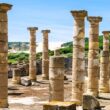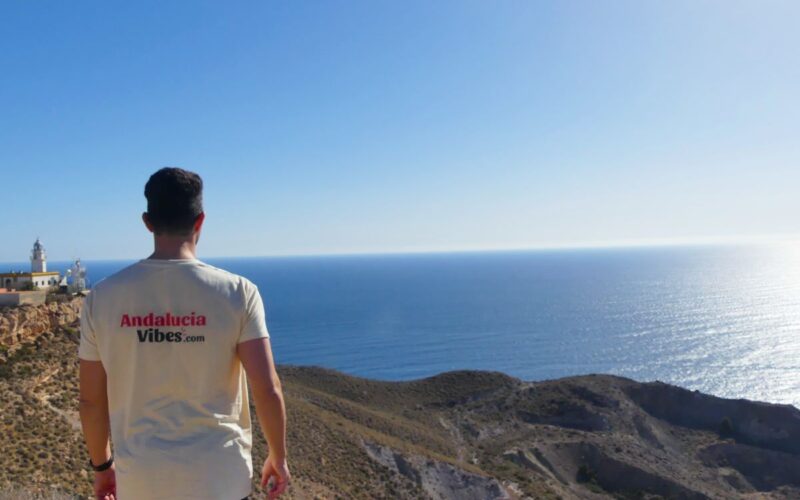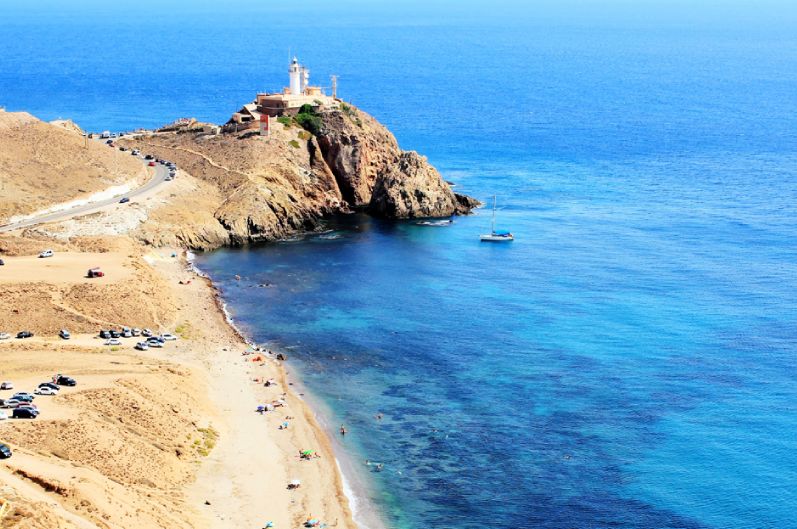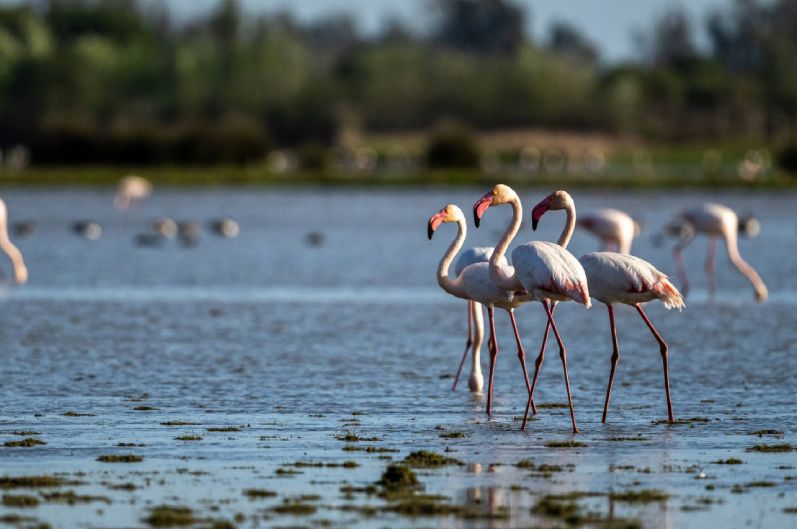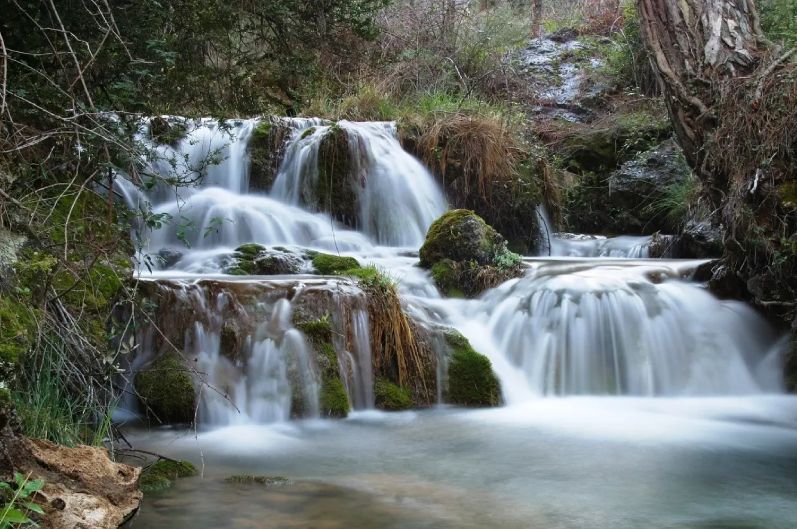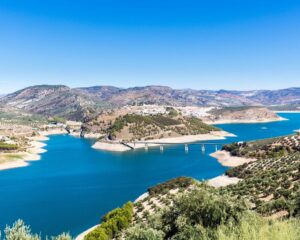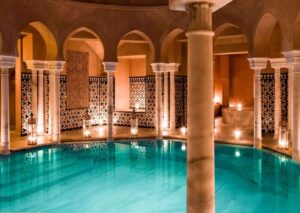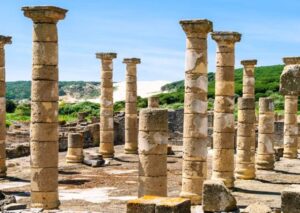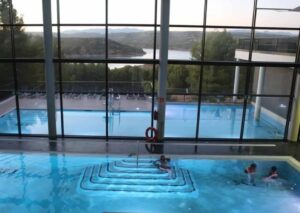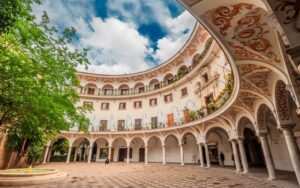- #1. Almería: Cabo de Gata-Níjar, the volcanic paradise by the sea
- #2. Cádiz: Los Alcornocales, the enchanted forest of Andalusia
- #3. Córdoba: Sierra de Hornachuelos, where the black vulture reigns
- #4. Granada: Sierra Nevada, the roof of the peninsula
- #5. Huelva: Doñana, the sanctuary of marshes and natural life
- #6. Jaén: Cazorla, Segura y Las Villas, the vast green expanse
- #7. Málaga: El Torcal de Antequera, the stone sculpture museum
- #8. Seville: Sierra Norte, the green lung of the Sevillian province
- Beyond the chosen eight
- Tips for enjoying Andalusian natural parks
- Natural Andalucía awaits you
Did you know that Andalusia is the autonomous community with the most protected natural areas in Spain? With more than 30% of its territory classified as protected space, our land hides true natural treasures that go far beyond the typical beach and sun postcards. From the volcanic deserts of Almería to the lush forests of Cádiz, passing through the snowy peaks of Sierra Nevada, each Andalusian province holds its own natural paradise waiting to be discovered.
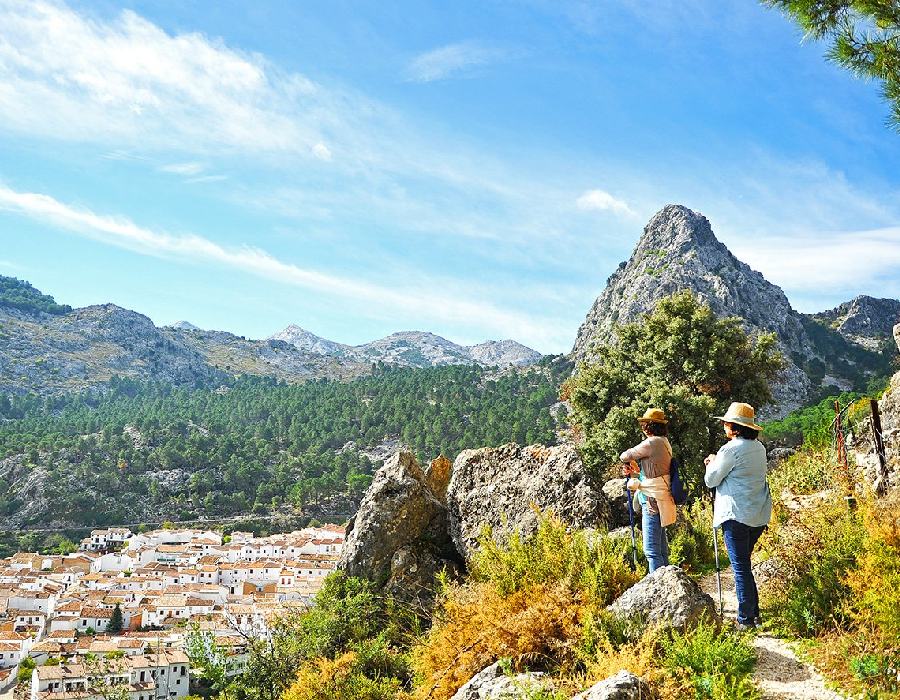
In this article, I’m going to take you on a journey through the best natural parks of Andalusia, ensuring we visit at least one from each province. Because yes, all eight Andalusian provinces have their own particular natural gem, and believe me, they all deserve a getaway. So get your hiking boots, backpack, and love for nature ready, as we embark on a tour through the wildest and most authentic Andalusia.
#1. Almería: Cabo de Gata-Níjar, the volcanic paradise by the sea
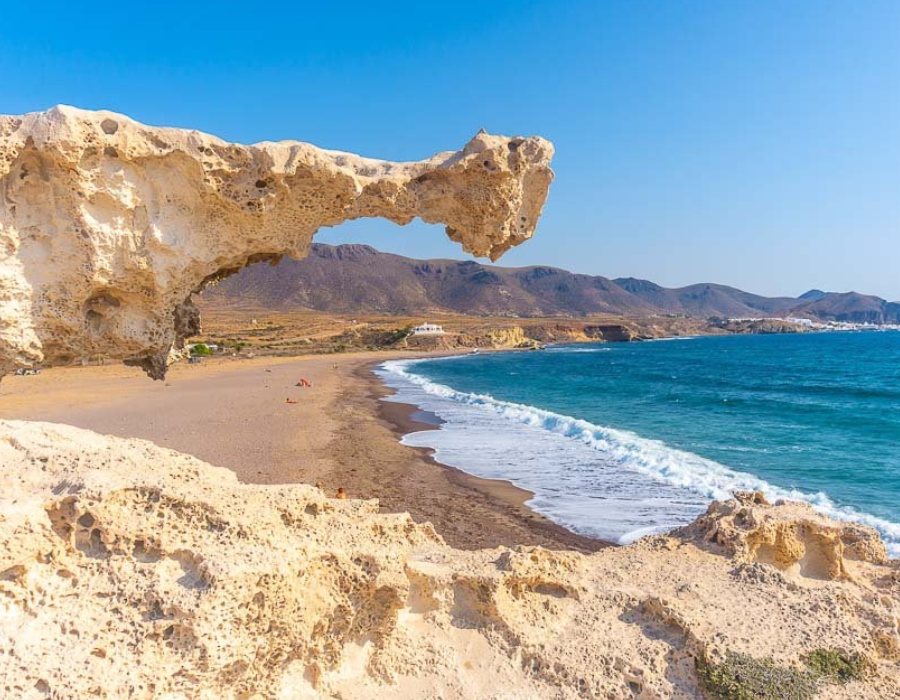
We start our journey in southeastern Andalusia, where the Cabo de Gata-Níjar Natural Park welcomes us with its stunning volcanic landscapes bathed by the Mediterranean. This was the first protected maritime-terrestrial area in Andalusia, and for good reason: its 38,000 terrestrial hectares and 12,000 marine hectares host some of the best-preserved ecosystems on the European Mediterranean coast.
What makes Cabo de Gata special
What makes this park unique is its volcanic origin, visible in formations like the domes of Los Frailes or the Sirenas reef. Its dark sand beaches, popularly known as “Las Negras,” contrast with crystal-clear coves like Los Muertos or Mónsul (does Indiana Jones ring a bell?). The bohemian atmosphere of towns like San José or Las Negras completes the experience.
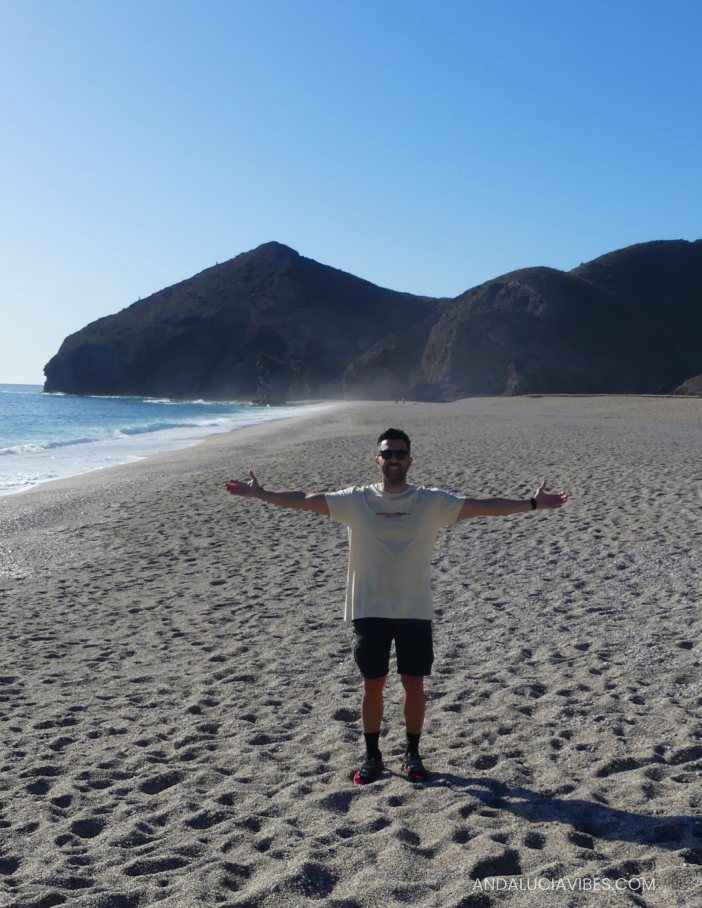
Best time to visit: Spring and autumn.
Activities to do in Cabo de Gata:
- Snorkeling in the marine reserve
- Hike to the Cabo de Gata Lighthouse
- Trekking along the Genoveses trail
- Kayaking through the most inaccessible coves
#2. Cádiz: Los Alcornocales, the enchanted forest of Andalusia
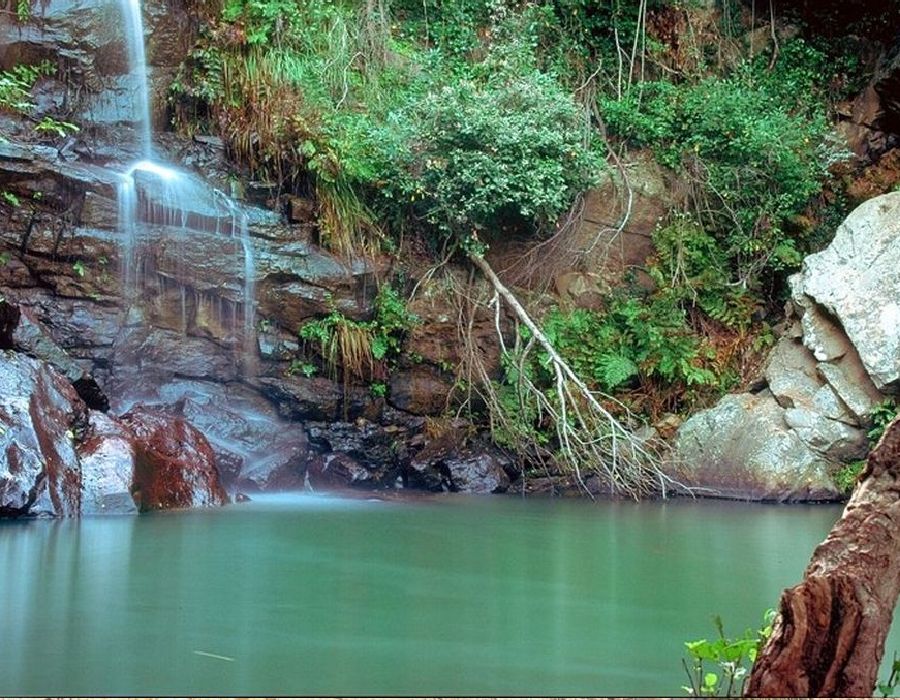
If Cabo de Gata is arid and lunar, Los Alcornocales is quite the opposite: we are looking at the largest cork oak forest in the Iberian Peninsula, with its 170,000 hectares spread between Cádiz and Málaga. This park is pure green magic, especially when the fog envelops the famous “canutos,” those narrow valleys where vegetation from the Tertiary era survives.
The best-kept secrets of Los Alcornocales
The most fascinating thing about this park is its fog forests, true subtropical jungles in the heart of Andalusia where giant ferns, laurels, and rhododendrons grow alongside crystal-clear streams. It’s like traveling back in time to when dinosaurs roamed here.
Must-see routes:
- Río de la Miel Trail (with medieval bridge included)
- Garganta de Puerto Oscuro
- Climb to Picacho from Los Barrios
- Patrite Mills Route
#3. Córdoba: Sierra de Hornachuelos, where the black vulture reigns
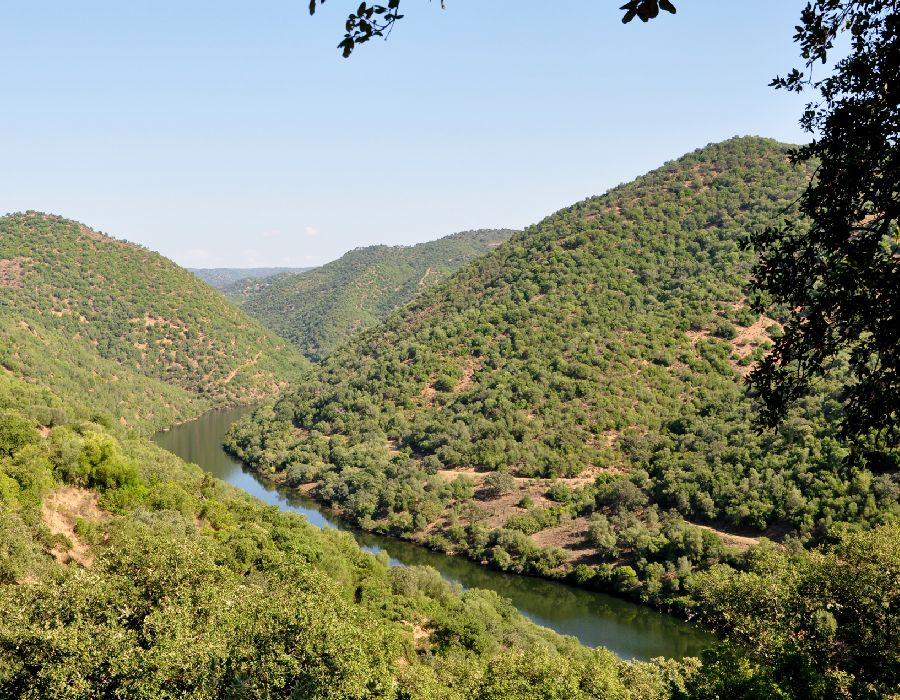
The Sierra de Hornachuelos is that great unknown among Andalusian parks that, nevertheless, hides one of the largest colonies of black vultures in the entire peninsula. Declared a Biosphere Reserve by UNESCO, its meadows and Mediterranean forests are the perfect home for the Iberian lynx, the imperial eagle, and the elusive black stork.
Why visit Sierra de Hornachuelos
This park is the paradise for birdwatching enthusiasts: with more than 200 bird species cataloged, it is one of the best places in Europe for raptor observation. Additionally, its Bembézar and Guadiato rivers create natural pools perfect for summer bathing.
Unique experiences:
- Vulture watching from the Águila viewpoint
- Deer rut in autumn (spectacular)
- Herrerías Route
- Swimming in the Bembézar pools
#4. Granada: Sierra Nevada, the roof of the peninsula
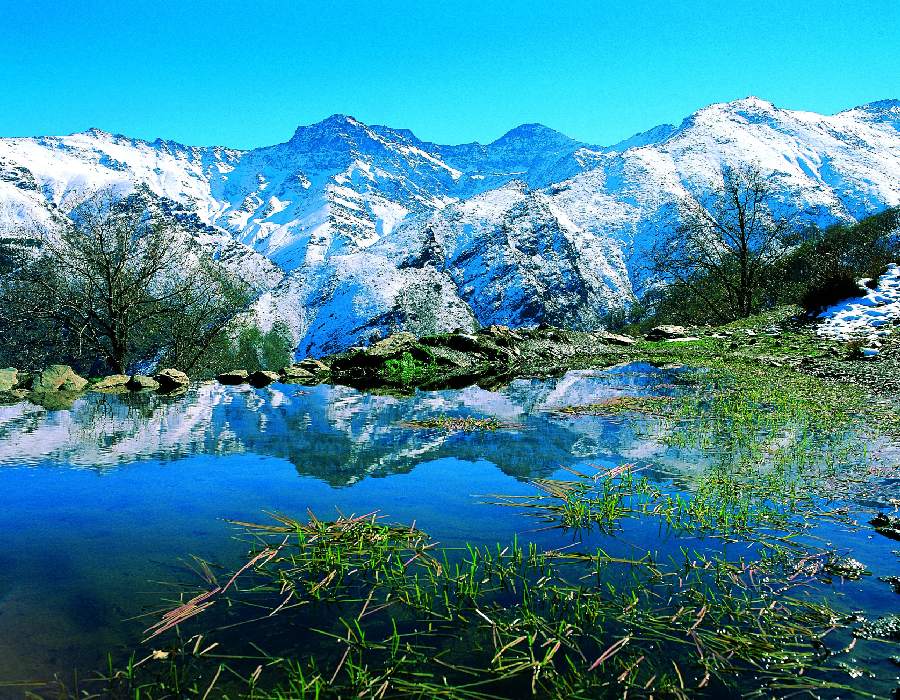
We couldn’t talk about Andalusian parks without mentioning Sierra Nevada, the only national park in Andalusia along with Doñana. With the Mulhacén (3,479 m) and the Veleta (3,398 m) as protagonists, this mountain range is unique in Europe: you can ski in the morning and swim at the beach in the afternoon.
Sierra Nevada beyond skiing
Although many know Sierra Nevada for its ski resort, the park hides much more: glacial lagoons, ancient oak forests, and the greatest biodiversity of flora in Europe with over 2,100 cataloged species, 80 of which are exclusive to these mountains.
Adventures for the whole year:
- Ascent to Mulhacén in summer
- Sierra Nevada lagoon route
- Hiking along the Vereda de la Estrella
- Wild goat watching (almost guaranteed)
Fun fact: In the peaks of Sierra Nevada lives the Sierra Nevada violet, a flower that only exists here and blooms between the cracks of the rocks at over 3,000 meters.
#5. Huelva: Doñana, the sanctuary of marshes and natural life
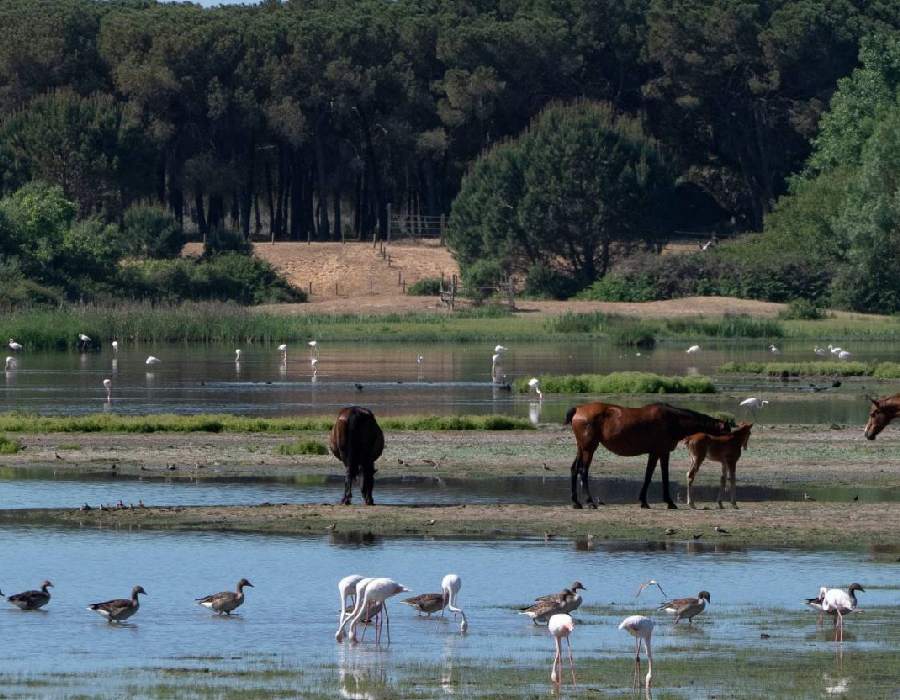
Doñana needs no introduction: we are facing one of the most important wetlands in the world and the most emblematic national park in Andalusia. Its 108,000 hectares between Huelva, Seville, and Cádiz are the temporary home of more than 300 bird species that use this space as a stopover on their migratory routes between Europe and Africa.
The magic of Doñana
What makes Doñana special is its diversity of ecosystems: from the marshes that flood in winter to the highest mobile dunes in Europe, passing through pine and cork oak forests. And of course, it is the last refuge of the Iberian lynx, although seeing one requires a lot of luck (or a good guide).
Activities and tours in Doñana:
- 4×4 tour inside the park
- Horseback riding along the beach
- Acebuche Observatory (free and with lynxes in semi-freedom)
- Charco del Acebrón lagoon trail
Best time: Spring, when the marshes are full of water and birds.
#6. Jaén: Cazorla, Segura y Las Villas, the vast green expanse
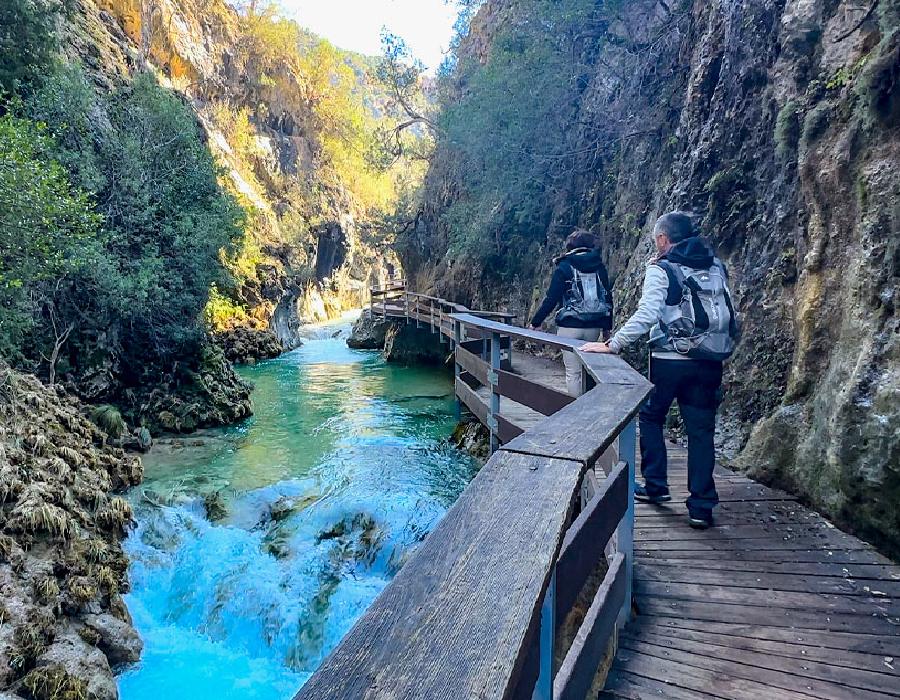
With its 209,920 hectares, the Natural Park of the Sierras de Cazorla, Segura, and Las Villas is the largest protected area in Spain and the second largest in Europe. This labyrinth of mountains, valleys, and rivers is so vast that you could spend weeks exploring it without repeating a route.
Why Cazorla captivates
Here, the Guadalquivir River originates, in a fairy-tale setting called Cañada de las Fuentes. But Cazorla is much more: waterfalls like Linarejos, the Tranco reservoir navigable by kayak, charming villages like Hornos de Segura perched on a rock, and one of the largest populations of deer, fallow deer, and mouflons in Spain.
Activities in Cazorla:
- Source of the Guadalquivir
- Borosa River to the Cerrada de Elías
- Cerezuelo River Trail
- Félix Rodríguez de la Fuente Route
For adventurers: Canyoning in the Cerrada del Utrero is an unforgettable experience.
#7. Málaga: El Torcal de Antequera, the stone sculpture museum
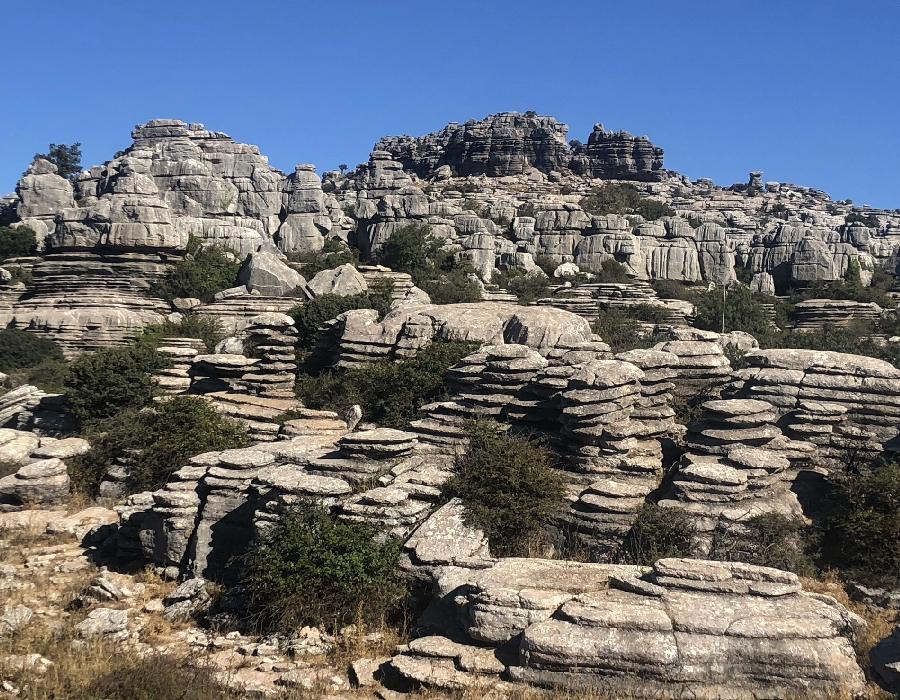
The Torcal de Antequera is small in size (just 1,171 hectares) but giant in beauty. This karst landscape, one of the most spectacular in Europe, seems to be from another planet with its impossible rock formations sculpted over 200 million years.
El Torcal: where geology becomes art
The rocks of El Torcal have their own names: the Screw (symbol of the park), the Camel, the Chalice, the Binoculars… It’s like walking through an open-air museum where nature has been the artist. Moreover, over 600 plant species live in its crevices, and it’s a paradise for birds of prey.
Marked routes:
- Green Route (45 minutes, easy)
- Yellow Route (2 hours, moderate)
- Route from the lower parking lot
Don’t miss: The sunset from El Torcal is magical, with the entire Antequera plain at your feet.
#8. Seville: Sierra Norte, the green lung of the Sevillian province
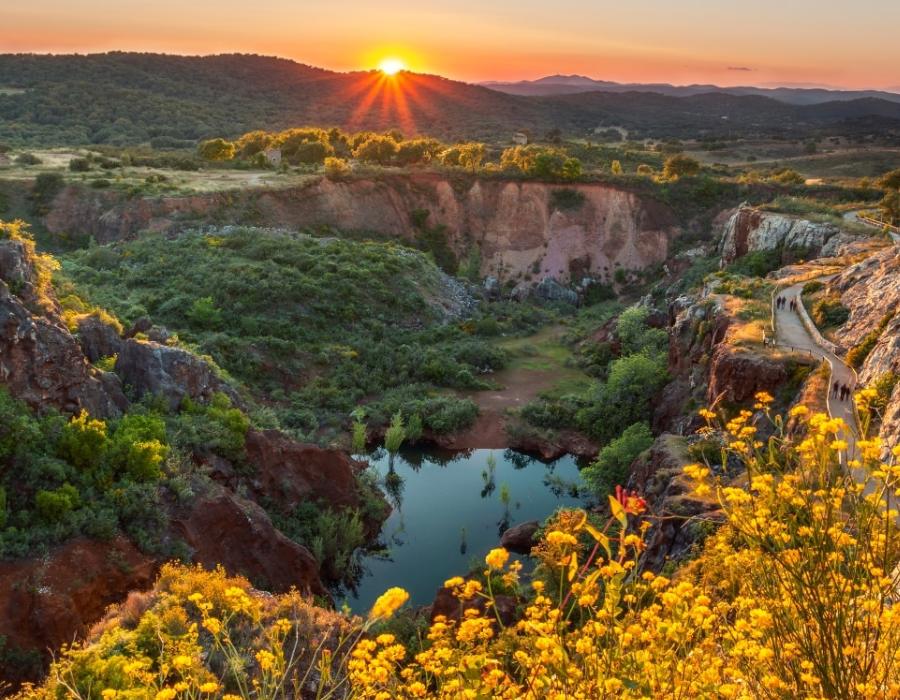
The Sierra Norte de Sevilla occupies 25% of the provincial surface and is the great unknown to the Sevillians. However, this park hides natural treasures such as the Huéznar waterfalls, formed over spectacular travertine formations, or the Cerro del Hierro, an ancient Roman mine turned natural monument.
Discover the other Seville
Away from the hustle and bustle of the capital, the Sierra Norte offers white villages with a mountain flavor such as Cazalla, Constantina, or San Nicolás del Puerto, where time seems to have stopped. Its oak and cork oak pastures are home to the Iberian pig and produce some of the best cold cuts in Andalusia.
Experiences you won’t forget:
- Swimming in the Huéznar waterfalls
- Via ferrata of Cerro del Hierro
- Chestnut Route in autumn
- Star gazing (crystal clear skies)
Gastronomy: Don’t leave without trying the Cazalla brandy and the cold cuts from Constantina.
Beyond the chosen eight
Although we have highlighted one park per province, Andalusia hides many more natural treasures worth visiting:
- #9. Sierra de Grazalema (Cádiz): The rainiest place in Spain and home to the Spanish fir
- #10. Sierra Mágina (Jaén): The great unknown with the province’s highest peak
- #11. Sierra de las Nieves (Málaga): New national park with the oldest Spanish firs
- #12. Sierra de Aracena (Huelva): Hams, chestnuts, and fairy-tale villages
- #13. Despeñaperros (Jaén): The natural gateway to Andalusia
Click on the map pins to see the information, options, and prices of each activity or tour.
Tips for enjoying Andalusian natural parks
When to visit
- Spring (March-May): The best time overall, with mild temperatures and nature in full bloom
- Autumn (October-November): Ideal for mushrooms, deer rutting, and autumn colors
- Summer: Best in mountain parks (Sierra Nevada, Cazorla) or with beaches (Cabo de Gata)
- Winter: Perfect for Doñana and coastal parks
What to always bring
- Appropriate footwear (essential)
- Plenty of water (at least 1.5L per person)
- Sun protection (even in winter)
- Binoculars (for wildlife)
- Camera with extra battery
- Offline map on your phone
Respect nature
- Stay on marked trails
- Take your trash with you (all of it, including fruit peels)
- Avoid excessive noise
- Do not feed the animals
- Respect breeding seasons and restricted areas
Natural Andalucía awaits you
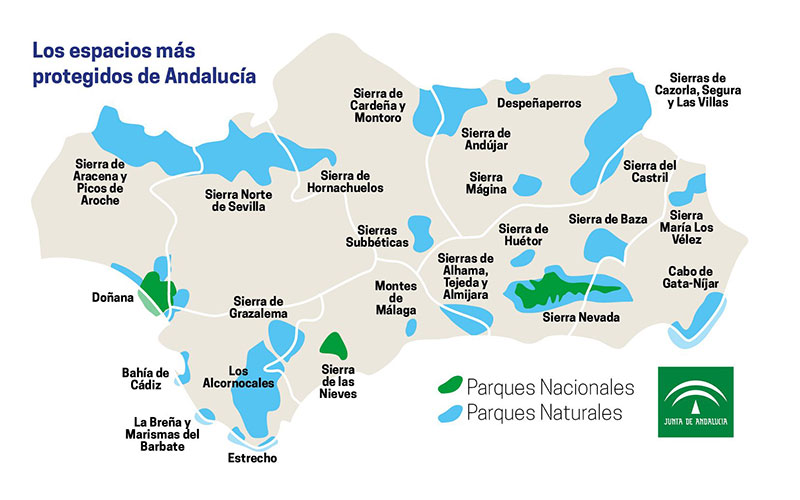
The natural parks of Andalucía are much more than just protected areas: they are biodiversity refuges, outdoor classrooms, natural gyms, and above all, places to reconnect with nature and ourselves.
Each Andalusian province holds its own green treasure, from the deserts of Almería to the humid forests of Cádiz, from the snowy peaks of Granada to the marshes of Huelva. You don’t have to go far to experience incredible adventures: the most spectacular nature is right here, in our land.
So, next time you plan a getaway, forget about the crowded beach or the usual shopping mall. Put on your boots, grab your backpack, and discover the most authentic Andalucía, the one that beats to the rhythm of nature in its magnificent natural parks. I assure you, you won’t regret it.
And you? What’s your favorite natural park in Andalucía? Which one do you still need to explore? See you on the trails!
↓ ↓ ↓ ↓ ↓

